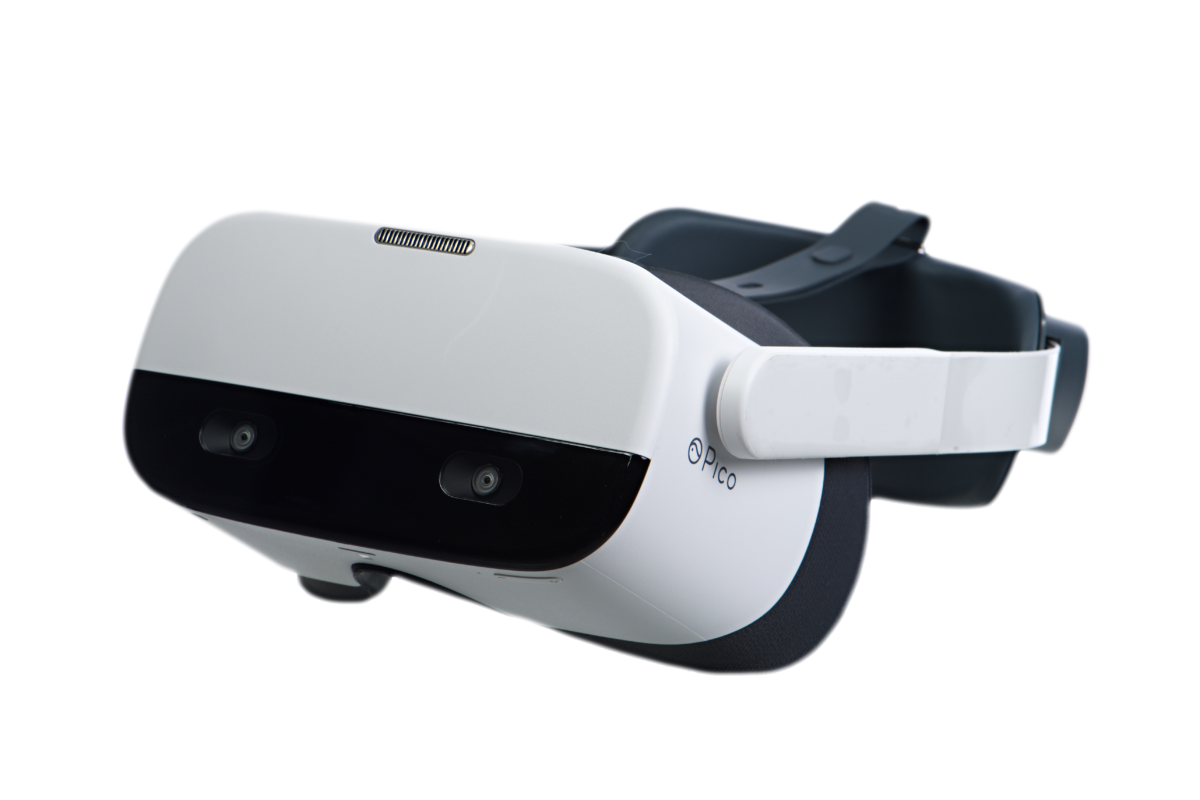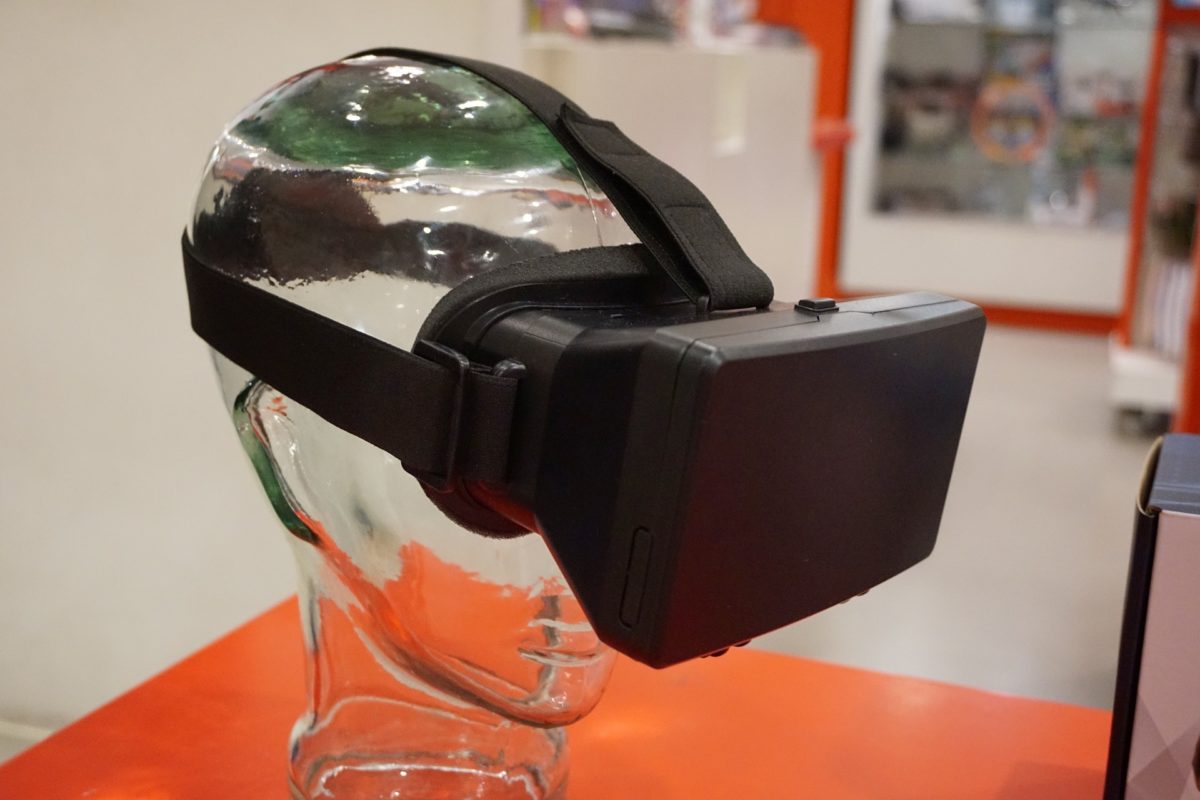With the launch of the Oculus Quest into the VR market, a new world of possibilities has opened up for virtual reality for enterprise. Oculus’ spring release of its first standalone 6dof wireless headset — the Oculus Quest — allows 6dof experiences without having to deal with cables or cords tethering you to a stationary PC. Put simply, the Quest is a potential game-changer for the future of VR.
What is 6dof?
6dof stands for ‘six degrees of freedom’ and refers to the ways you can move within and interact with your virtual reality environment. There are three translational degrees of freedom, and three rotational degrees of freedom, one of each for each axis — x, y, and z.
The x-axis
The first translational dof is the ability to move forward and backward, making you closer to or farther away from an object. This is known as “surging.” The corresponding rotational dof is the ability to tilt on the same axis – remaining facing forward but leaning over to one side or the other. This is also known as “rolling.”
The y-axis
The second translational dof is the ability to move from side to side, making you move to the left or right of an object. This is known as “strafing.” The corresponding rotational dof is the ability to twist on the same axis – turn the body to one side or the other. This is also known as “yawing.”
The z-axis
The third translational dof is the ability to crouch down or jump up, making you higher than or lower than an object. This is known as “elevating”. The corresponding rotational dof is the ability to tip on the same axis – looking up to the sky or down at the ground. This is also called “pitching.”
Tethered 6dof
In the past, the ability to create a full 6dof experience required that a VR headset be tethered to a stationary device, meaning the user has to negotiate a cable or wiring system in the real world while immersed in the virtual reality. Many of these systems often required external cameras or lasers to triangulate the position of the headset and controllers in a pre-arranged room-scale playspace.
Advances in technology eventually provided for HMDs (head-mounted displays) that operate without external cameras or lasers, (sometimes called “light towers”), to track them around the playspace, but a tether to a PC was still a necessity.
With advances in hardware and software technology, the tether is no longer required to achieve 6dof, but due to the limitations of processing power, the tether can still help with the ability to run more complicated programs and enjoy far superior graphics rendering which improves the immersive quality of a VR experience.
One of the reasons the Oculus Quest is so exciting for those in VR is, well, actually three reasons: with robust computing power, a 72Hz refresh rate, and 1440×1600 pixels per eye, (more than the HTC VIVE, Oculus Rift S, and Oculus Go), the Quest sacrifices very little visual fidelity to the cause of going cordless.
Standalone VR
Previously, standalone VR was only able to provide a 3dof experience — rotational, but not translational. This made it difficult to participate or fully immerse since you wouldn’t be able to move as freely through virtual space.
Today’s standalone VR headsets allow a fully untethered 6dof experience, allowing complete immersion without the need for an external camera or lasers or a PC. While mounted cameras don’t map the entire playspace, (though the concept is reportedly being explored), they are used to triangulate the headset/controller position within a prearranged playspace. In other words, it identifies where YOU are in an existing clear playspace, rather than where real-world things are in relation to your position.
Standalone 6dof tech also allows you to engage more fully in the virtual environment, picking up and using objects and moving more fluidly.
The future of untethered 6dof VR
Beyond the Quest, there are a number of other 6dof standalone VR headset options available on the market. Let’s take a look at how they stack up:
Oculus Quest vs. HTC Vive Focus Plus
The HTC Vive Focus Plus is an upgrade to the existing Vive product, with both offering users an untethered 6dof experience with dual controllers.
The Focus runs on the same Snapdragon processing system as Oculus, but only offers 32 GB of storage. However, storage can be expanded with an SD card. That said, the Quest offers two versions, both of which top the Focus, with 64 GB and 128 GB models.
The Focus only has two forward-facing cameras in contrast to the Quest’s four corner-mounted cameras.
Oculus is a closed system, meaning individual program development is discouraged, while the HTC is open, allowing developer collaboration.
Oculus Quest vs. Pico Neo
The Pico Neo has also developed a standalone VR headset with 6dof, two hand controllers, and…
- The Pico Neo also runs on the Snapdragon processing system, like the Focus and Oculus, and offers 64 GB of storage, (matching the lower-end model of the Quest, but getting blown away by Oculus’ 128 GB version). Like the Focus, the Neo can also expand its storage with an SD card.
- The Pico Neo advertises “ultrasonic” technology for the controller/headset tracking relationship, which early users said was jittery.
- The Pico Neo may not be as well-known in certain quarters as either the Focus or the Quest, but one thing it has going for it is a better, more immersive dual speaker audio system, something that’s been lacking in standalone VR.
In the end, 6dof-enabled standalone HMDs represent the future of VR, at least in the near-term. This combination of freedom — both inside and outside the headset itself — makes the current generation of headsets much closer to the ideal for both business and consumer markets. However, in the fast-changing VR hardware arms race, you can be sure other systems will soon be upping their game, dropping their prices, and doing their best to steal market share.
In the competition for “Best 6dof Standalone Headset for Enterprise”, from our vantage point, yes, there’s a clear leader — the Oculus Quest. But in a field as dynamic as VR, the best should know never to rest on their laurels, because ‘the next big thing’ is always around the corner.

PIXO Has Improved VR Management to One Easy Step

